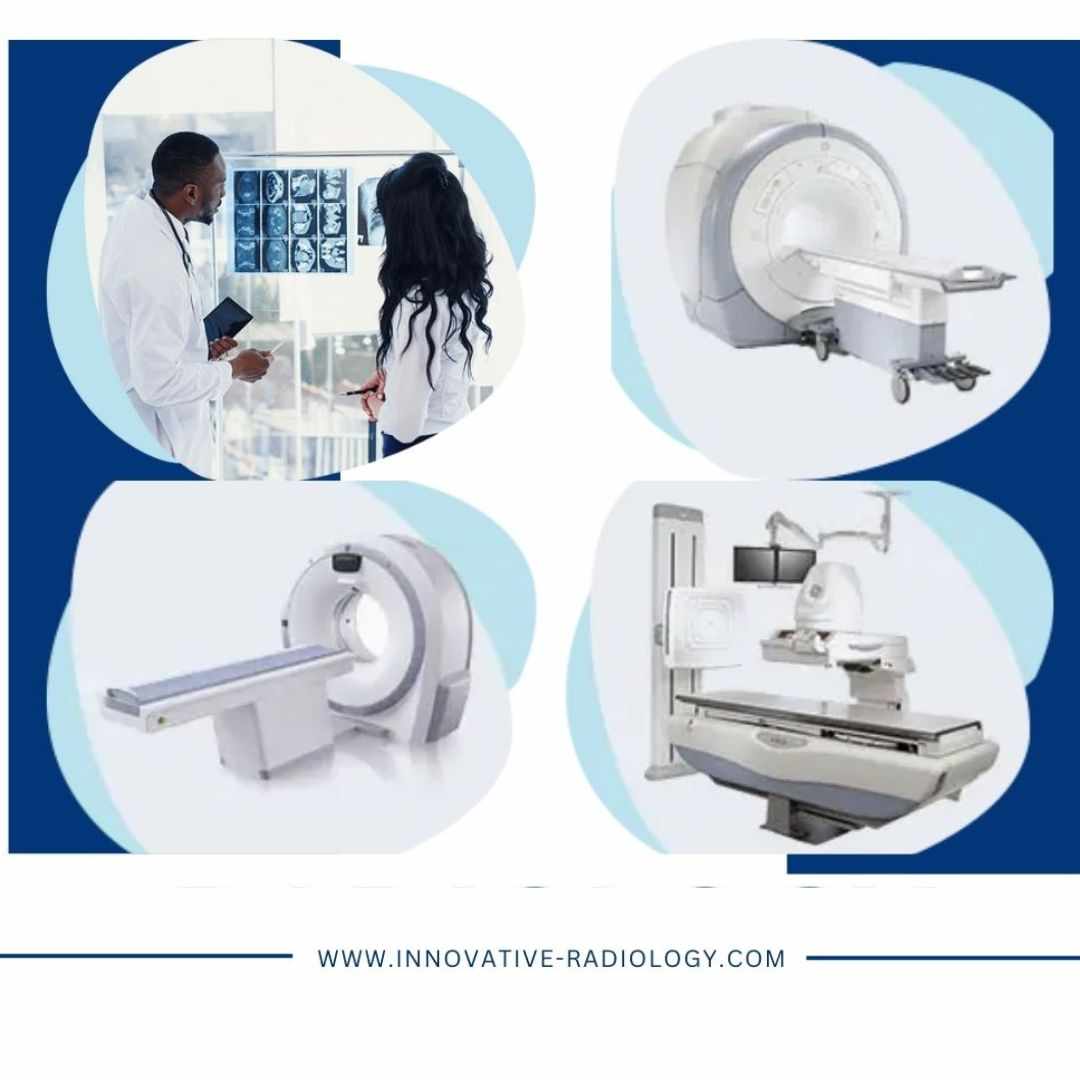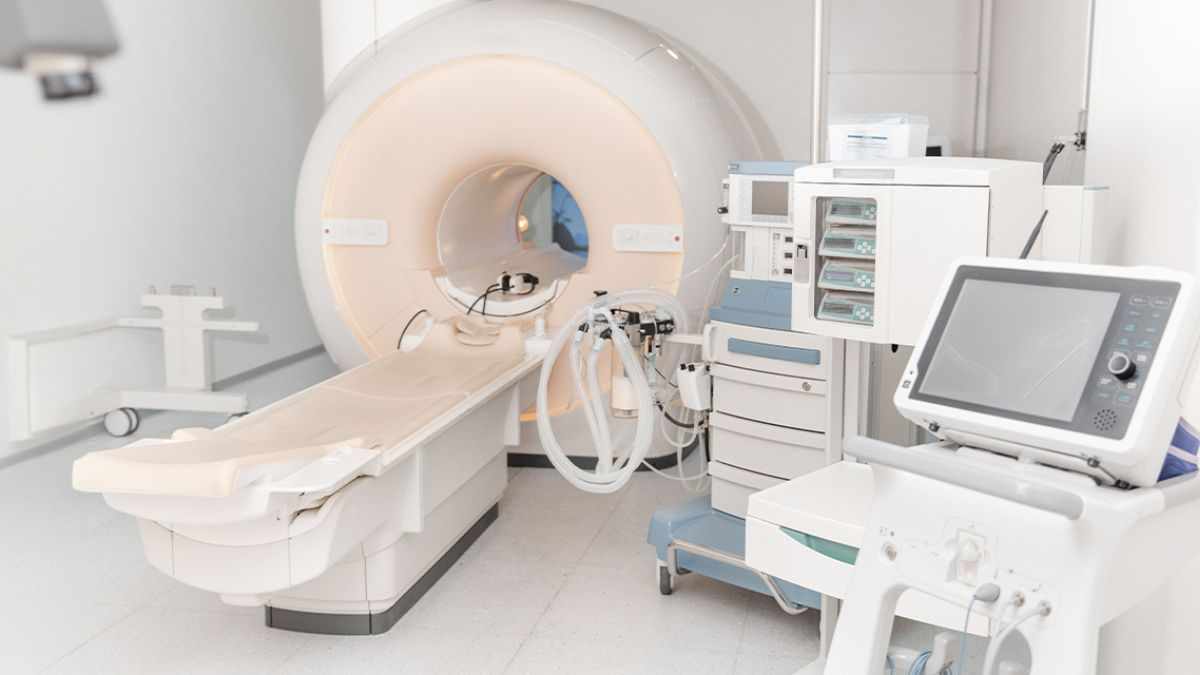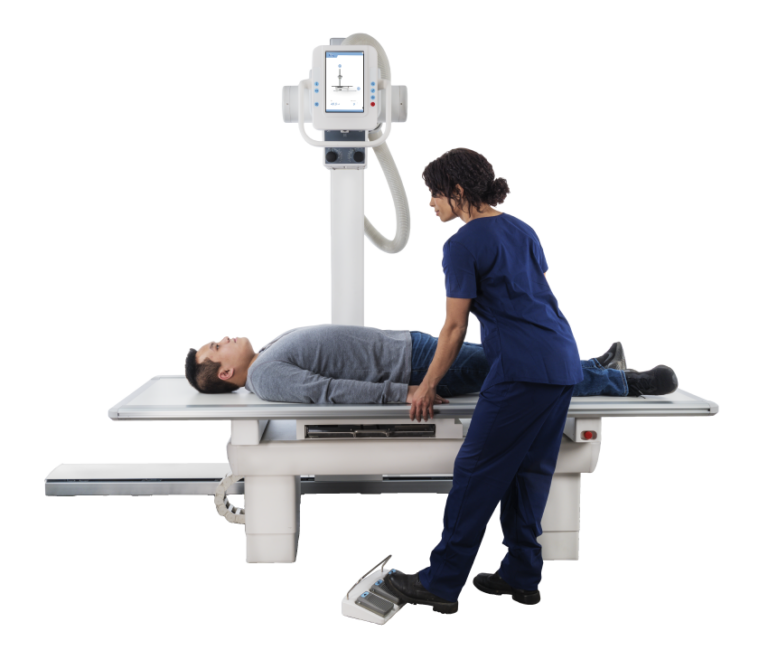A mammogram machine is a highly specialized diagnostic imaging device used primarily for early detection of breast cancer. It operates using low-dose X-rays to produce detailed images of breast tissue, helping healthcare providers identify any abnormalities. Behind the scenes, these machines rely on several sophisticated components working together to ensure accuracy, clarity, and patient comfort.
Understanding the key components of a mammogram machine can help imaging professionals, clinic administrators, and biomedical engineers make informed decisions about maintenance, upgrades, and replacements.

1. X-Ray Tube
The X-ray tube is the heart of the mammogram machine. It generates low-dose X-rays needed to penetrate breast tissue and create diagnostic images. The quality and consistency of the X-ray beam directly affect image clarity and diagnostic accuracy. Over time, X-ray tubes can wear out and may need to be replaced or recalibrated to maintain optimal performance.
2. Collimator
The collimator controls the size and shape of the X-ray beam, ensuring that radiation is precisely directed at the breast. This minimizes exposure to surrounding areas and improves image quality. Modern collimators are designed for maximum radiation efficiency and safety.
3. Detector Panel
The digital detector panel captures the X-rays after they pass through the breast. This component converts the X-rays into electrical signals, which are then processed to form a high-resolution image. In digital mammography systems, this panel is critical for producing clear, detailed images. Upgrading this component can significantly enhance image quality and reduce retakes.
4. Compression Paddle
The compression paddle gently presses the breast to flatten and spread the tissue. This step is essential for reducing motion blur and improving the visibility of internal structures. Though it may cause temporary discomfort, proper compression allows for more accurate readings and lower radiation doses.
5. Gantry and Mechanical Structure
The gantry holds the X-ray tube, detector, and compression mechanism in place. It provides mechanical movement and positioning flexibility. Over time, wear and tear on the gantry can lead to calibration issues, making it a key area for maintenance or replacement during system upgrades.
6. Control Console and Software
Technologists operate the mammogram machine from the control console, which includes the imaging software. Modern software platforms allow for image enhancement, data storage, and integration with PACS (Picture Archiving and Communication Systems). Upgrading to newer software improves workflow efficiency, diagnostic tools, and compliance with current healthcare regulations.
Upgrade Your Mammogram Machine With Innovative Radiology
Over time, even the most advanced mammogram machines require service, upgrades, or full system replacements to maintain performance and meet evolving standards of care. Whether it's a gantry swap, detector upgrade, or full software modernization, keeping your machine up-to-date ensures better imaging results and smoother clinical operations.

Innovative Radiology specializes in the upgrade, repair, and replacement of mammogram machine components. With expert technicians and decades of hands-on experience, we help imaging centers stay efficient, compliant, and ready to deliver exceptional patient care.







Write a comment ...